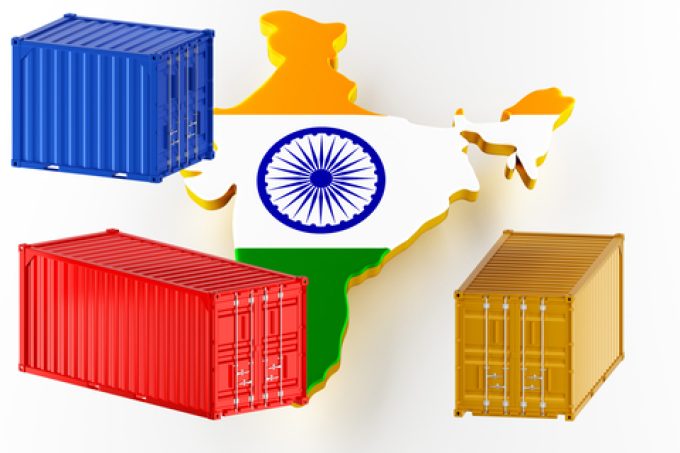Blow for air cargo handler Celebi as Indian court upholds market ban
Global airport ground handler Celebi Aviation’s efforts to re-enter the Indian market have hit a ...

The government of India has given the final nod for a high-stakes port project on the west coast: a greenfield harbour at Vadhavan, some 120 miles north of Mumbai.
The investment plan – estimated at some $10bn, in stages – has a two-pronged goal: to ease ...


Comment on this article